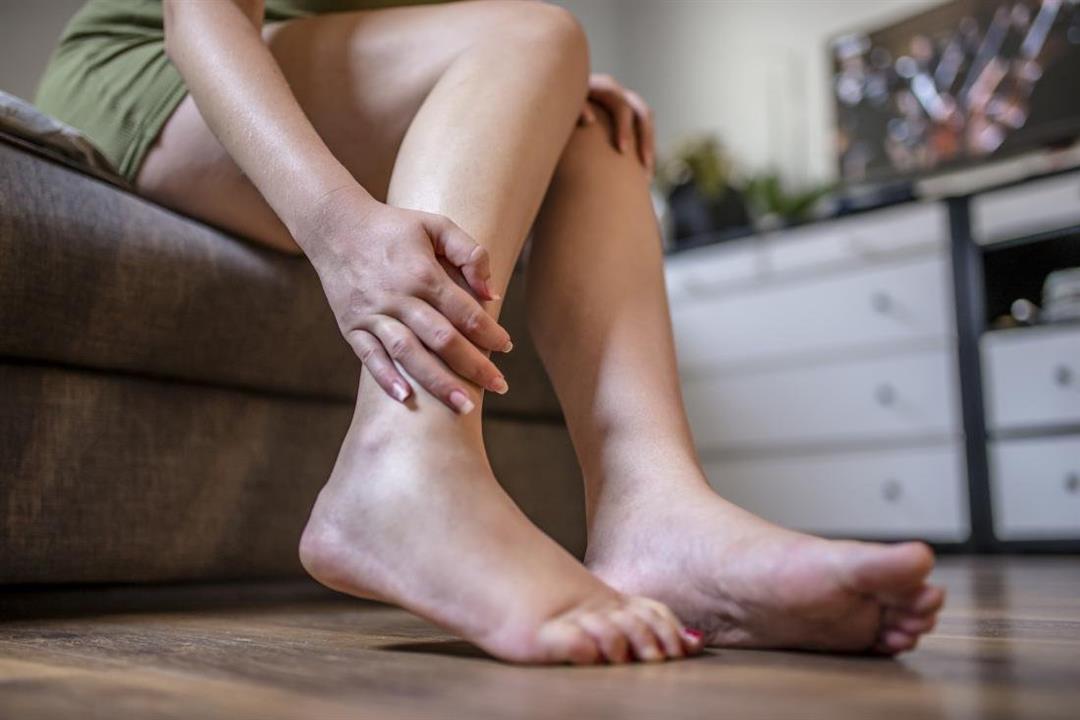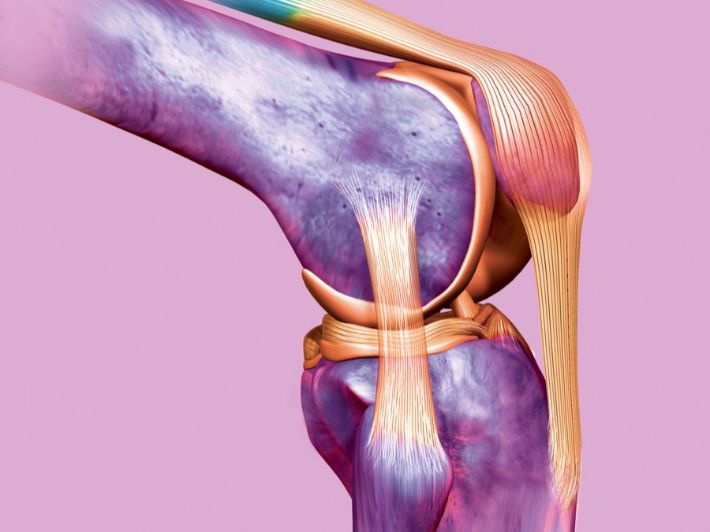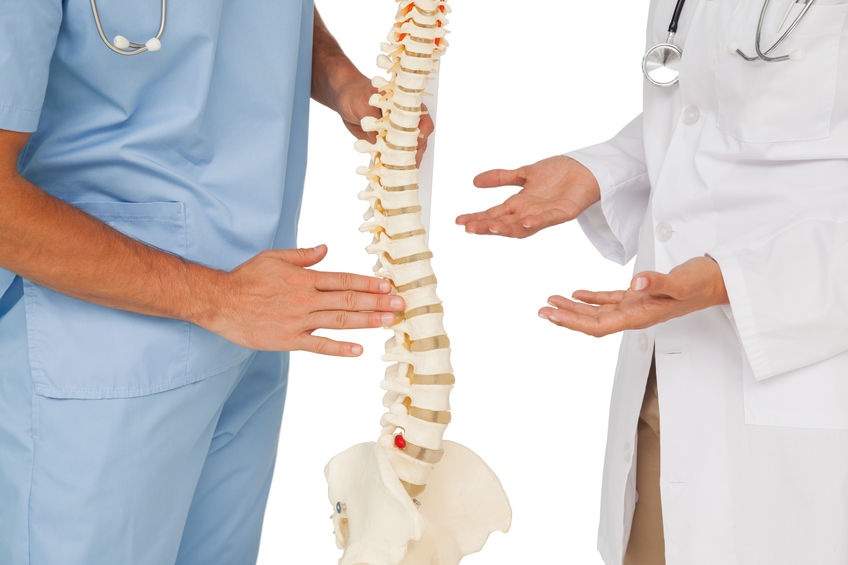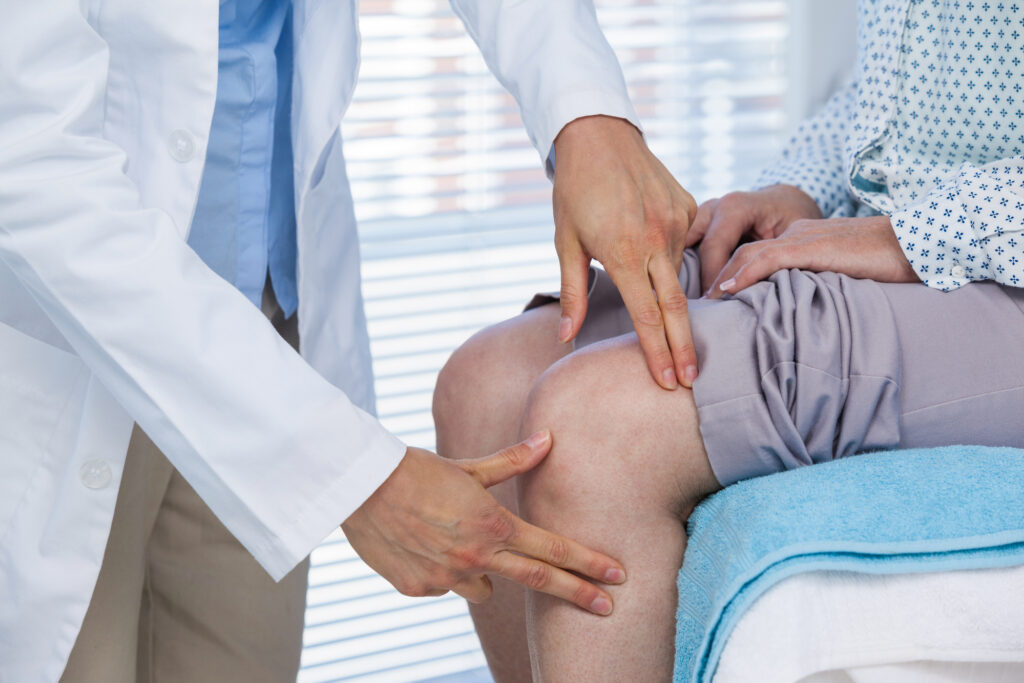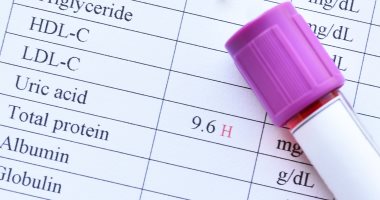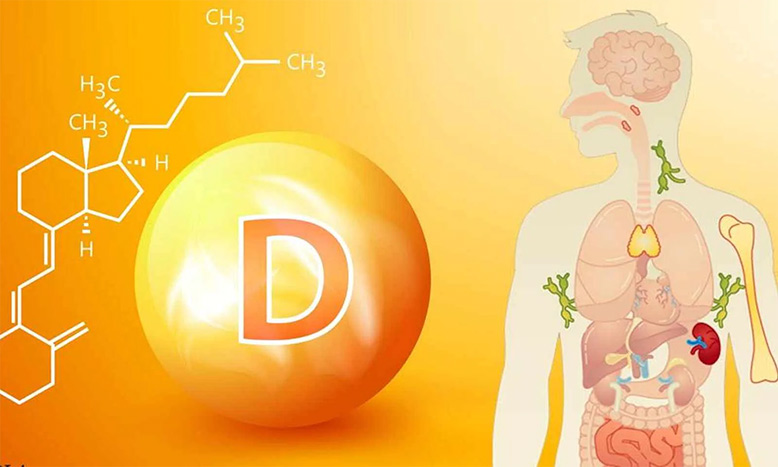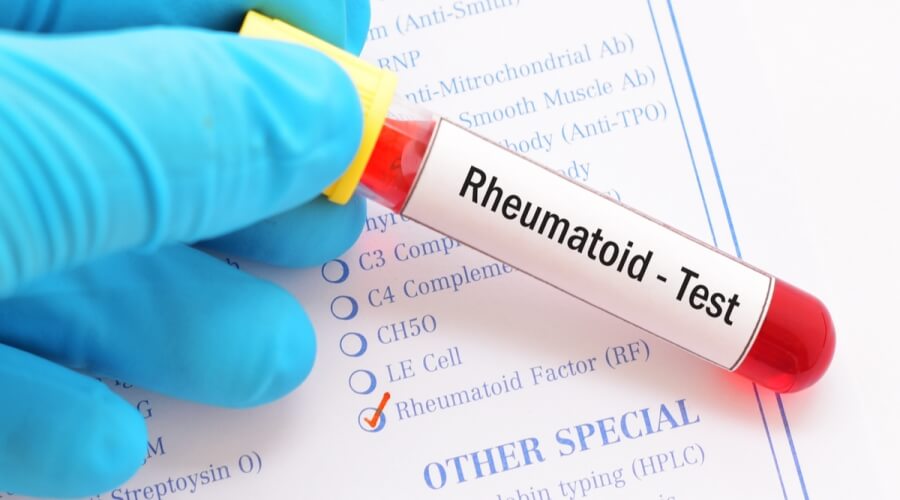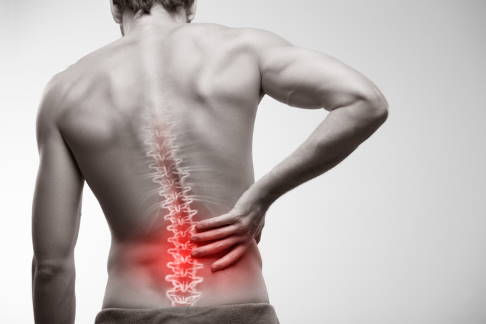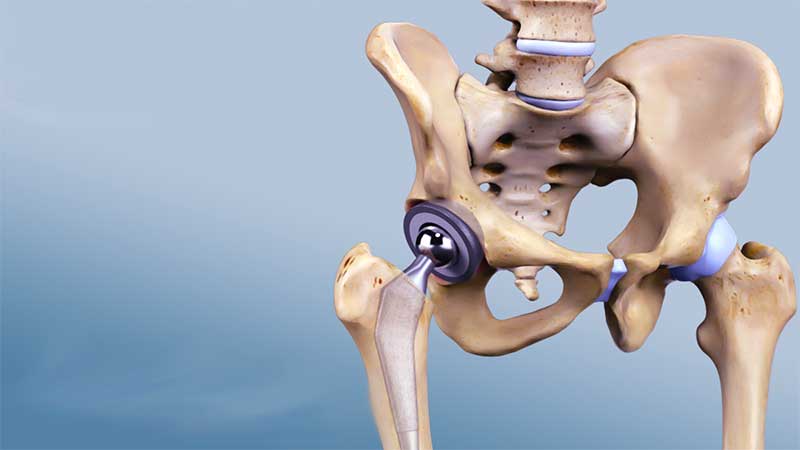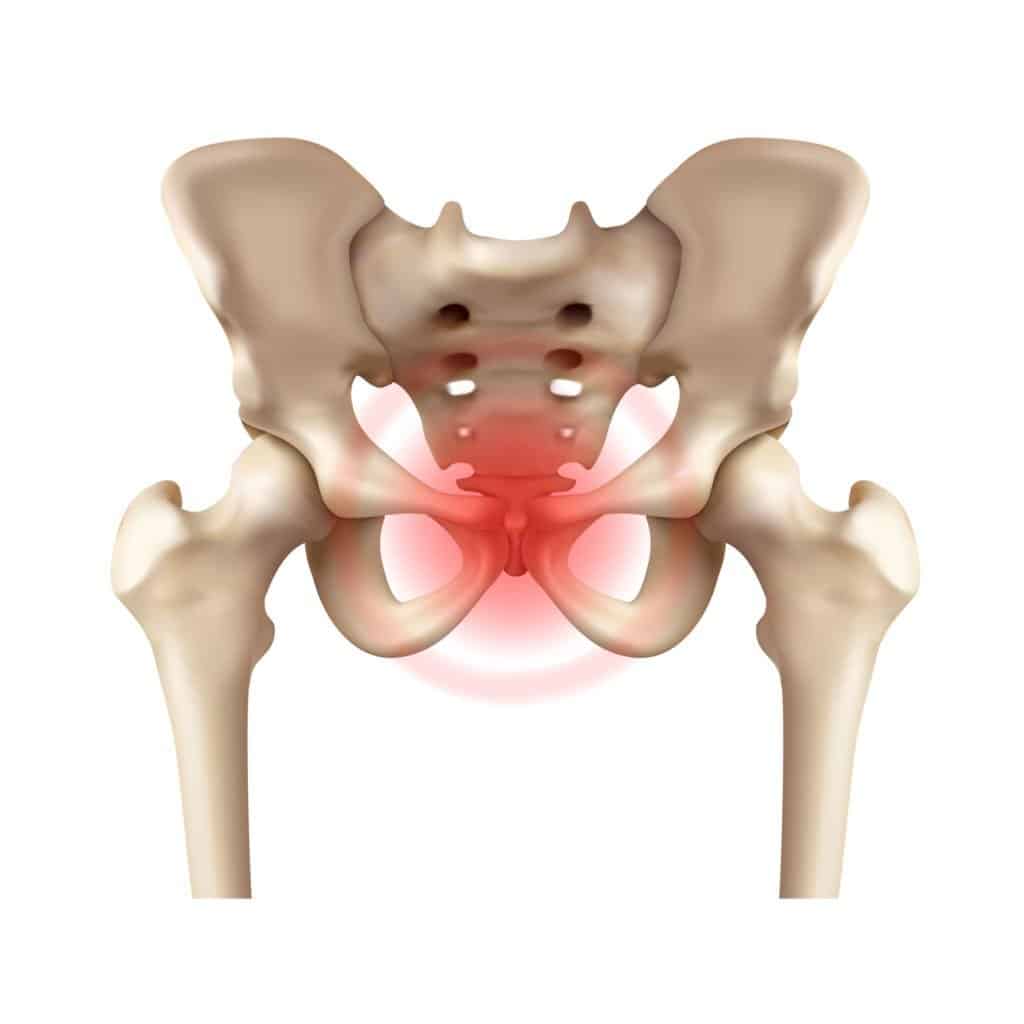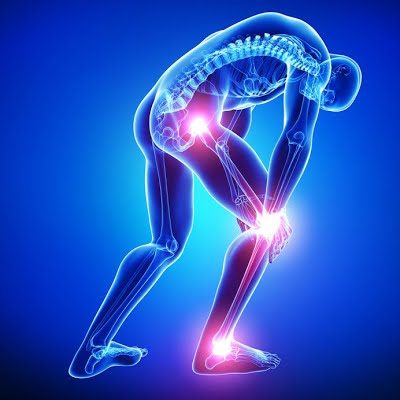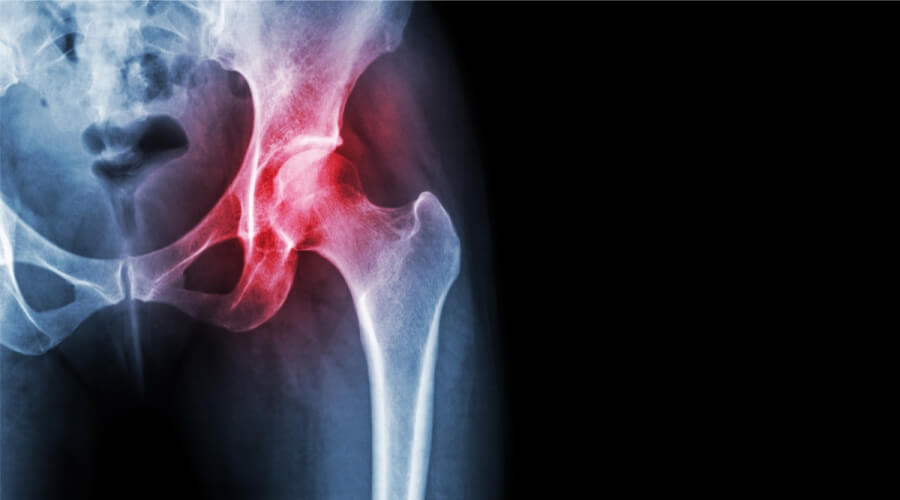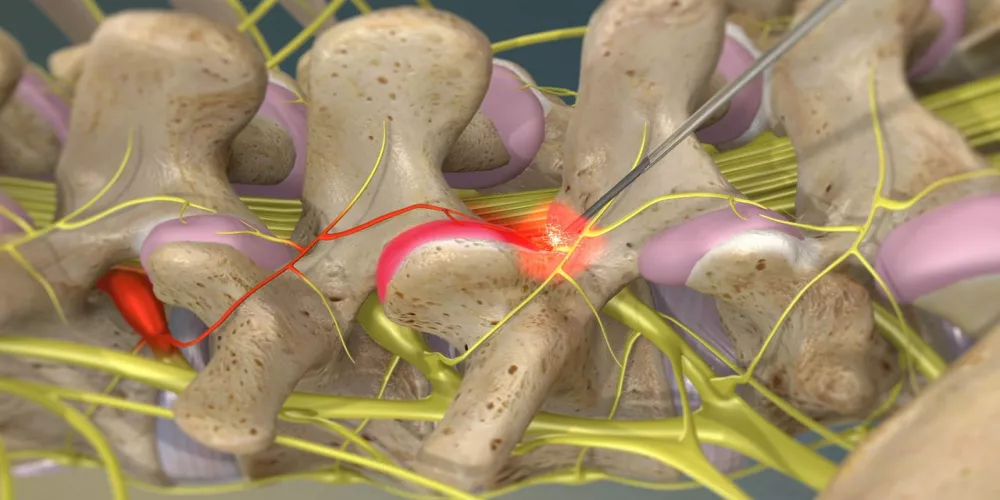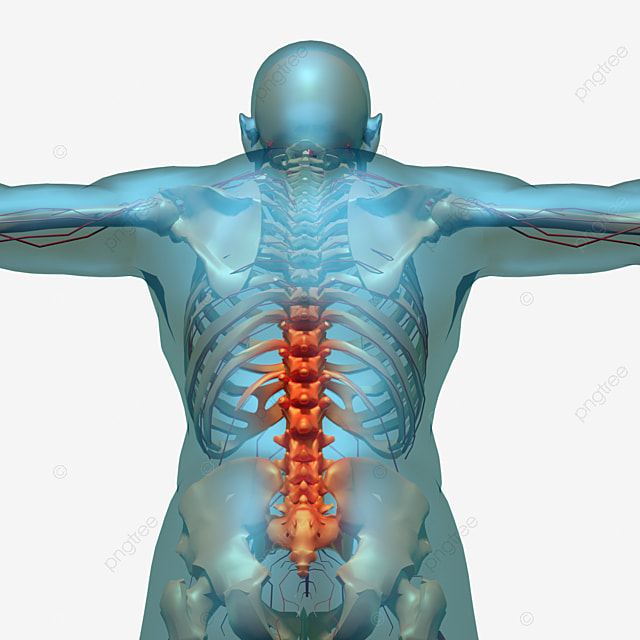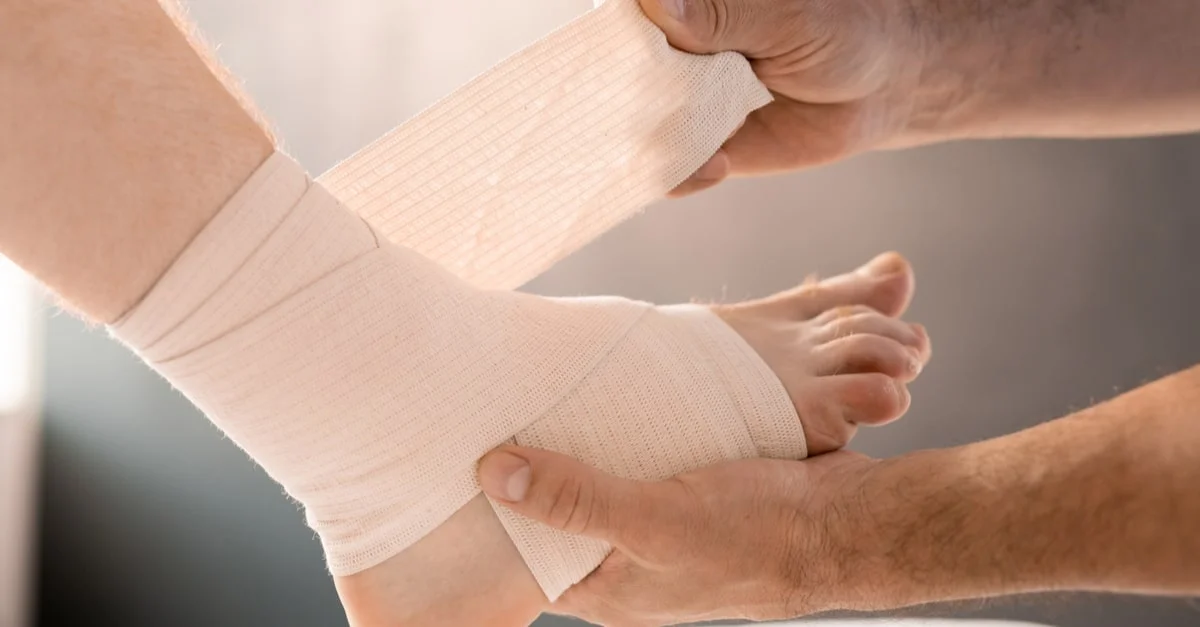What is the treatment for lower back pain? And when should you visit a doctor?

Lower Back Pain Treatment
Lower back pain can be treated through a variety of methods and techniques. The level of activity can be gradually increased, and movement can be initiated when the pain subsides, as this independent activity can contribute to the treatment of lower back pain and reduce its stiffness.
Applying heat or cold to the back area using ice can reduce symptoms of swelling and inflammation resulting from lower back pain, helping to treat it at home. Research has shown that applying heat can be more effective than applying cold, but both methods may reduce lower back pain.
This article will present some recent developments in the field of treatment, medical interventions, and tests used to prevent, treat, and manage this health condition. There are many alternative medicine treatments that can help relieve back pain.
Exercises that involve bending backwards, such as lifting the legs, can reduce the extension of lower back pain to other areas of the body. However, it is advisable to avoid exercising when experiencing severe pain and wait for it to subside before slowly stretching the muscles. You should know when attempting to treat lower back pain at home is a good idea. If the pain is accompanied by one or more of the following symptoms, you should consult a doctor. Among these symptoms is pain resulting from an injury.
However, you should always discuss the benefits and risks with your doctor before starting any alternative treatment. For example, a manual therapist can treat the spine to relieve pain. Additionally, acupuncture practitioners insert thin, sterile needles into the skin at specific points on the body.
You can continue to engage in daily activities as much as possible while experiencing back pain. Also, try engaging in light activities such as walking. Stop any activity that increases the pain, but do not stop engaging in activities for fear of pain.
If home remedies are ineffective after several weeks, the doctor may suggest other treatments or more effective medications. The types of medications used to treat back pain vary according to its type. Therefore, individuals suffering from lower back pain should seek appropriate medical advice to consult a doctor, get an accurate diagnosis, and receive the appropriate treatment for their condition.
What is the best medicine for lower back pain?
Many people suffer from lower back pain, and they may be looking for the best medicines that can be used to relieve pain quickly and effectively. However, it should be taken into account that we are not doctors and cannot provide accurate medical advice. Nevertheless, in this article, we will review some of the common options for treating lower back pain.
Before starting any medication, you should always consult a specialist doctor and get the correct diagnosis for your condition. The medication prescribed by the doctor depends on the severity of the pain and any accompanying symptoms you may have.
Here are some common medications that a doctor might prescribe for lower back pain treatment:
Paracetamol: Often prescribed in mild cases of lower back pain that are not accompanied by inflammation. Non-Steroidal Anti-Inflammatory Drugs (NSAIDs): Such as ibuprofen and naproxen sodium, which are available without a prescription. They can relieve pain when used correctly, but it is important to follow the proper directions and avoid exceeding the recommended dose. Overuse of NSAIDs can lead to serious side effects, so you should consult a doctor before using them for an extended period.
The doctor may also recommend using physical therapy as part of lower back pain treatment. A physical therapist can guide you on how to adjust your movements during a pain episode to avoid exacerbating symptoms and continue your daily activities.
What should I drink for back pain?
7 Types of Drinks to Relieve Back Pain
Suffering from back pain and looking for natural ways to alleviate it? Perhaps the right drinks are the perfect solution for you. There are several beverages that can help reduce back pain and improve overall comfort. In this article, we will review seven types of drinks that can help you overcome back pain.
- Green Tea: Green tea is one of the best drinks that can help relieve back pain. It is rich in antioxidants that protect the body from diseases and reduce inflammation. Drinking a cup of green tea in the morning can be an important part of your diet to get rid of back pain.
- Tart Cherry Juice: Tart cherry juice is an effective drink in reducing back pain. It contains anti-inflammatory and analgesic substances. Drinking a cup of tart cherry juice daily can be a great way to reduce back pain.
- Turmeric Milk: Turmeric milk contains curcumin, which is an anti-inflammatory and pain-relieving compound. It is recommended to drink a cup of turmeric milk daily to reduce inflammation and relieve back pain.
- Water: Drinking enough water is essential for the health of the spine and reducing back pain. It is recommended to drink at least eight cups of water daily to help detoxify the body and hydrate the spinal discs.
- Ginger Tea: Ginger tea is a soothing drink that can help relieve back pain. Ginger has anti-inflammatory properties and pain-relieving effects. You can enjoy a warm cup of ginger tea to relax and alleviate back pain.
- Moringa Drink: The moringa drink is rich in beneficial nutrients and anti-inflammatory properties. Inflammation is a major cause of back pain. Drinking this beverage daily can be an effective way to reduce inflammation and relieve back pain.
- Coffee: You might be surprised to find coffee on this list. Coffee contains caffeine, which can help reduce pain and increase focus. However, it should be consumed with caution, as excessive caffeine intake can negatively affect sleep and the overall balance of the body.
What are the causes of lower back pain?
Lower back pain is a common problem experienced by many people. The pain can be chronic or sudden and can have various causes. In this list, we will explore some of the causes of lower back pain that may be causing you discomfort and pain.
- Poor sitting posture: Poor sitting posture is one of the common causes of back pain. When you sit for long periods in an incorrect posture, the spine is subjected to pressure and tension, leading to pain in the lower back area. Therefore, it is advised to improve sitting posture and use appropriate cushions to support the back.
- Muscle injury: Muscle injuries in the lower back area can occur due to strong movements or lifting heavy objects incorrectly. This can cause tearing of the muscles or ligaments in the back, resulting in sharp and persistent pain in this area. To prevent this, avoid lifting heavy objects suddenly and use correct techniques to avoid injuries.
- Lumbar disc problems: Lumbar disc problems are one of the main causes of chronic lower back pain. Tension or tearing in the lumbar discs can lead to pressure on the nerves and pain. It is preferable to consult a doctor to diagnose this problem and prescribe the appropriate treatment.
- Spinal column problems: Problems with the spinal column may be another cause of lower back pain. This includes arthritis, degeneration of the vertebral discs, and slippage of the vertebrae, which can cause severe pain in this area. Accurate diagnosis and appropriate treatment require consultation with a specialist doctor.
- Arthritis: Arthritis is one of the most common causes of lower back pain. Arthritis can cause swelling and stiffness in the lumbar joints, resulting in persistent pain in the back area. Topical treatments and medications prescribed by a doctor can alleviate symptoms and improve the condition.
- Genetic factors: Genetic factors may play a role in lower back pain. If you have a family history of spinal column problems or arthritis, this increases the likelihood of developing these diseases as well. It is advised to talk to your family doctor to examine your family’s medical history and assess potential risks.
- Hard work and daily stress: Hard work and daily stress on the spinal column are common causes of lower back pain. If you have a job that requires frequent lifting of heavy objects or sitting for long hours, this puts additional pressure on the spinal column and leads to pain in the lower back area.
- Unhealthy lifestyle: An unhealthy lifestyle, such as a poor diet, lack of exercise, and not paying attention to overall health, can affect lower back pain. It is important to take necessary measures to maintain the health of the spinal column and strengthen the supporting muscles.
Does vitamin D deficiency cause lower back pain?
Yes, vitamin D deficiency can lead to lower back pain in some individuals. A study conducted on a group of people suffering from chronic back pain found that half of them had a deficiency in vitamin D. In addition to lower back pain, vitamin D deficiency can also be associated with symptoms such as muscle tension, depression, bone pain, and fatigue.
Vitamin D plays a role in improving the body’s ability to absorb calcium, which is crucial for maintaining bone health. According to studies conducted in 2015 and 2018, vitamin D deficiency is linked to chronic back pain. One study found that 98 individuals among those with back pain had low levels of vitamin D, and an increase in the severity of pain was associated with vitamin D deficiency.
Vitamin D deficiency is often more pronounced during the winter months when exposure to sunlight is reduced due to shorter daylight hours and less time spent outdoors. Vitamin D, also known as the sunshine vitamin, is naturally produced by the body when exposed to ultraviolet B (UVB) rays from the sun, according to Express.
Therefore, it is important to ensure an adequate intake of vitamin D and maintain appropriate levels in the body, especially during the winter months when sunlight exposure is limited. You can boost your vitamin D levels by consuming foods rich in it, such as fatty fish and egg yolks, or by using dietary supplements. It is also recommended to consult with a healthcare professional to determine the appropriate dosage and necessary healthcare for alleviating lower back pain associated with vitamin D deficiency.
Is lower back pain serious?
Lower back pain can be a cause for concern for many individuals. When is this pain considered serious? You can schedule an appointment with a healthcare provider at a telemedicine clinic for accurate and important answers to this question. During the second and third decades of life, lower back pain is considered normal and a result of daily life factors, such as sitting for extended periods or engaging in prolonged physical activity. However, as one enters their fourth decade, this pain may be indicative of an urgent medical condition.
There are certain conditions that lower back pain may indicate, whether the pain is in the lower back or in the back in general. It may suggest the presence of ligament or muscle tears and may be indicative of an internal organ problem in the back or in the flanks. This may include joint problems, disc issues, or irritation of the nerve root.
While lower back pain can affect anyone, there are risk factors that increase the likelihood of its occurrence. These risk factors include smoking, obesity, lack of physical activity, and worsening overall health. If the underlying issue causing the pain is left untreated, it may lead to serious problems such as increased pressure on the nerves in the spinal canal or nerve damage in other parts of the body.
Warning signs to consider include the development of new bowel or bladder problems, the onset of back pain following an injury or trauma to the back, and the occurrence of back pain without any apparent cause in tests or imaging studies. Additionally, chronic lower back pain may include rare cases that indicate serious medical problems.
Therefore, if you have been experiencing lower back pain that persists for more than three months, it is advisable to seek immediate medical care for diagnosis and appropriate treatment. The pain may be indicative of a serious issue, and it is better to have it examined and treated early on.
How to treat back pain at home?
If you have lower back pain, you may wonder if you can treat it at home. In many cases, back pain can be treated at home. However, in some cases, it may be necessary to seek medical care, as there may be symptoms indicating other health issues. Therefore, if you are experiencing lower back pain, it is advisable to visit a doctor in the following situations:
- If the back pain persists for more than three or four days.
- If the pain does not improve with rest.
- If there is a connection between back pain and problems with urination, bowel movements, or pain in the legs.
In such cases, the doctor will perform appropriate tests and diagnose the problem, then provide suitable treatment for back pain.
However, if your condition is straightforward, you can try some home remedies to treat back pain. Here are some commonly used methods that may help:
- Use ice packs: Ice packs can be effective in relieving back pain and reducing inflammation. Place ice in a towel and apply it to the painful area for about 20 minutes. Avoid placing ice directly on the skin to prevent injury. If you don’t have ice packs, you can use frozen vegetable bags as a substitute.
- Avoid excessive stretching: Overstretching the back may increase pain and worsen the problem. It is advisable to avoid activities that require excessive stretching of the back and focus on maintaining good posture while sitting and standing.
- Engage in gentle exercises: Some simple exercises can improve the strength of the painful muscles and alleviate pain. Consult a qualified professional to learn the appropriate exercises and perform them correctly.
- Take pain-relief medications: There are various pain-relief medications that can be used to alleviate back pain. Consult a doctor before taking any medication to determine the appropriate dosage and check for any interactions with other medications.
Treating back pain at home is beneficial for mild cases, but there may be a need for medical care in more complicated situations. Therefore, if your condition does not improve or if your symptoms worsen, it is essential to visit a doctor for a thorough evaluation and to receive appropriate treatment.
Does the bed cause back pain?
The bed is considered one of the most important factors affecting sleep comfort and back health. The proper choice of a mattress can be a reason behind the back pain that many people experience. Back pain is a common problem, and one of its causes can be attributed to the type of mattress a person sleeps on.
When looking at signs that indicate the bed may be the cause of back pain, we can refer to some medical websites and scientific studies. Among these signs, if you feel lower back pain immediately after waking up from sleep and find relief after walking and stretching exercises, your mattress may be the cause. If you experience constant pain while sleeping and feel restless, tossing and turning throughout the night, with increased pressure on your joints, you may need to change your mattress.
Medical studies suggest that prolonged sitting or lying down can lead to pressure on the spine, which can cause back pain. This pain may manifest as mild lower back pain, stiffness in the neck, and numbness in the legs and feet. Therefore, it is essential to choose an appropriate and healthy mattress for sleep. An unsuitable and unhealthy mattress can lead to discomfort upon waking up and exacerbate chronic back pain.
It’s also worth noting that when transitioning to a new mattress, your back may go through an adjustment phase. Your body gets used to the mattress you’ve been sleeping on, so it may take up to 21 days to adapt to the new mattress before you feel pain relief and comfort.
In summary, the bed can indeed be a cause of back pain, so it is advisable to choose an appropriate and healthy mattress and pay attention to proper sitting and sleeping posture to avoid back problems and ensure the health of the spine.
Is lower back pain related to the kidneys?
Lower back pain is a common issue that many people experience, and some may wonder if it has any relation to kidney stones. In this article, we will shed light on this topic and explore the potential connection between lower back pain and the kidneys.
Impact of Kidney Stones on Nearby Organs: The presence of kidney stones can lead to irritation and inflammation in the kidneys and the urinary system, which, in turn, may cause pain in the flank and lower back. The pain can radiate to the legs and intensify when sitting for extended periods.
Large Kidney Stones Can Cause Lower Back Pain: When you have large kidney stones, they may exert pressure on kidney tissues and adjacent organs, leading to discomfort and pain in the lower back and flank.
Kidney Inflammation (Nephritis) Can Cause Lower Back Pain: Kidney inflammation, known as nephritis, can manifest with symptoms such as fever, pain in the flank and lower back, and even back pain. A person may experience sharp and chronic back pain in this condition.
Other Disorders That Can Cause Lower Back Pain: In addition to kidney stones, there are numerous other diseases and disorders that can cause back pain and leg pain. Among these disorders, there may be issues with the spine, such as a slipped disc or compression of the spinal nerves.
If you are experiencing back and leg pain and suspect the presence of kidney stones, it is essential to consult a doctor for an accurate diagnosis. You should also look for other accompanying symptoms such as fever, chills, or difficulty urinating.
While back pain can be an indicator of kidney stones, it can also be related to other causes. Therefore, it is recommended to visit a doctor for a precise diagnosis of the pain issue and receive the appropriate treatment.
Can cold weather cause lower back pain?
Yes, cold weather can indeed cause lower back pain. Cold weather can lead to a condition known as spinal cold, which is inflammation in the spine accompanied by severe pain and can have several causes. Among these causes are exposure to extreme cold without wearing appropriate warm clothing, and contracting severe colds that affect the bones and result in severe symptoms. Additionally, the extent of the damage to the bones and spine cannot be determined without the necessary imaging tests for examination and confirming the extent of the injury.
It is worth noting that in case of an inability to move the bones and spine or experiencing difficulty in movement or standing, it is advisable to consult a doctor for a thorough evaluation and necessary treatment. Please be aware that the information provided here is based solely on available online data and should not be considered a substitute for consulting a specialized medical professional. Therefore, it is always recommended to consult a doctor for an accurate diagnosis and proper treatment for your condition.
When should you visit a doctor for back pain?
When a person experiences lower back pain, they may wonder when it is time to visit a specialist doctor. To answer this question, let’s take a look at some medical conditions that warrant a visit to a doctor.
- Severe Pain and No Improvement with Rest: If the lower back pain you are experiencing is excruciating and does not improve with rest, there may be a need to visit a doctor. Severe pain is a strong indicator for seeking appropriate medical care and consulting with experts.
- Pain Radiating to One or Both Legs: If the back pain extends to one of the legs and is accompanied by weakness, numbness, or tingling in the leg, there may be a nerve problem. In this case, it is advisable to visit a specialist doctor for an accurate diagnosis and necessary treatment.
- Persistent Pain for an Extended Period: If the lower back pain persists for an extended period, exceeding 4 to 6 weeks without any improvement, there may be a need to consult a doctor for a thorough evaluation. There could be a chronic issue such as arthritis or a slipped disc that requires different treatment and ongoing medical attention.
- Additional Symptoms Present: If back pain is accompanied by other symptoms such as a fever, chest pain, difficulty breathing, difficulty urinating, or unexplained weight loss, there may be another underlying health problem that requires immediate evaluation.
- Pain Occurs After a Traumatic Event or Accident: If you have experienced an accident or a traumatic event and later develop back pain, you should visit a doctor immediately. There may be a spinal injury that requires immediate care and evaluation by experts.
In general, simple home remedies and self-care measures can help improve and naturally reduce lower back pain within a few weeks. If symptoms do not improve or worsen, it is always recommended to consult a specialist doctor for an accurate diagnosis and appropriate treatment. For medical consultation and a personalized evaluation of your condition, it is advised to visit your own doctor to receive proper guidance and treatment.

